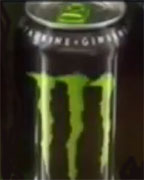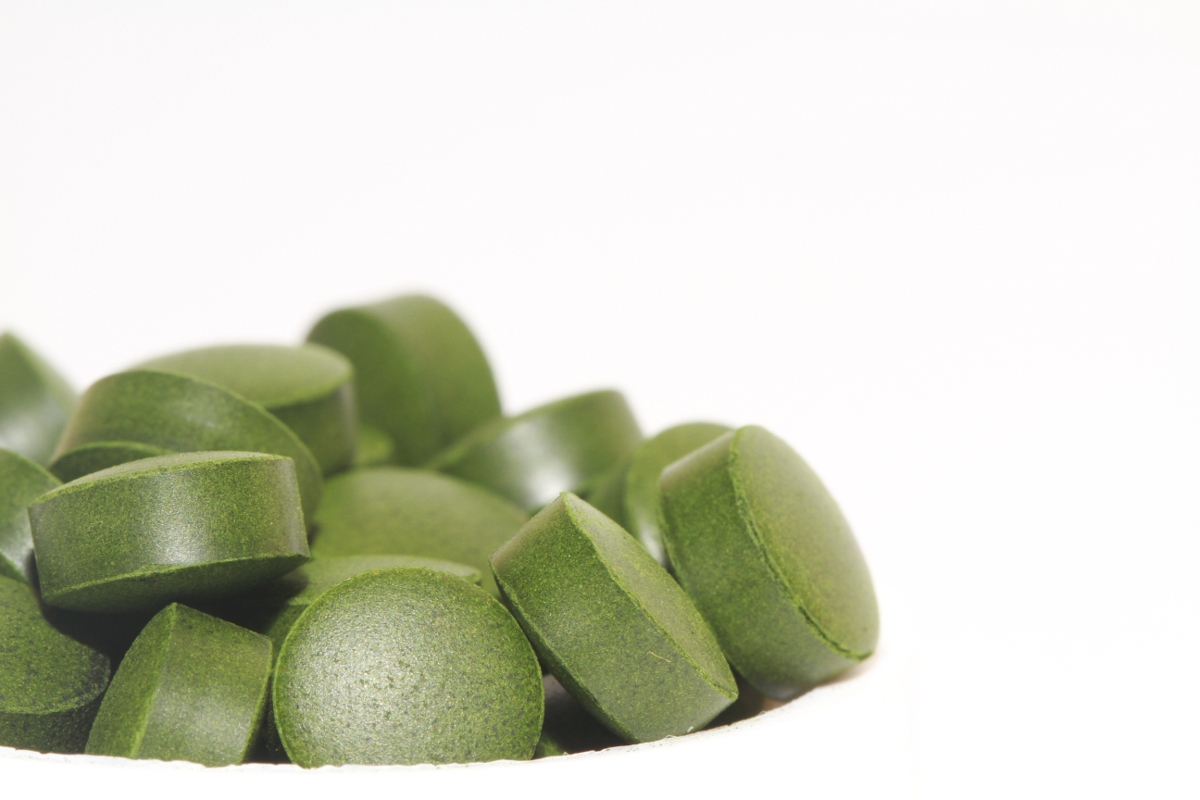
FRIDAY, Feb. 1 (HealthDay News) — A new report warns that popular energy drinks such as Red Bull and Rockstar pose potential hazards to teens, especially when mixed with alcohol.
The report, published in the February issue of the journal Pediatrics in Review, summarizes existing research and concludes that the caffeine-laden beverages can cause rapid heartbeat, high blood pressure, obesity and other medical problems in teens. Combined with alcohol, the potential harms can be severe, the authors noted.
“I don’t think there is any sensationalism going on here. These drinks can be dangerous for teens,” said review lead author Dr. Kwabena Blankson, a U.S. Air Force major and an adolescent medicine specialist at the Naval Medical Center in Portsmouth, Va. “They contain too much caffeine and other additives that we don’t know enough about. Healthy eating, exercise and adequate sleep are better ways to get energy.”
Doctors and parents need to “intelligently speak to teenagers about why energy drinks may not be safe,” Blankson said. “They need to ask teens if they are drinking energy drinks and suggest healthy alternatives.”
Surveys suggest that as many as half of young people consume these unregulated beverages, often in search of a hefty dose of caffeine to help them wake up, stay awake or get a “buzz.”
Sixteen-ounce cans of Red Bull, Monster Energy Assault and Rockstar hold about 160 milligrams (mg) of caffeine, according to the report. However, a much smaller container of the drink Cocaine — briefly banned in 2007 — delivers 280 mg in just 8.4 ounces. By contrast, a typical cup of coffee packs a caffeine punch of about 100 mg.
Too much caffeine, Blankson said, “can have troubling side effects.” More than 100 milligrams of caffeine a day is considered unhealthy for teens, he noted.
Energy drinks are often served cold and sometimes with ice, making them easier to chug than hot coffee. And many contain additives such as sugar, ginseng and guarana, which enhance the effect of caffeine, the researchers explained.
“We don’t know what these additives do to the body after periods of extended use,” Blankson said.
Moreover, young people often mix energy drinks and alcoholic beverages, or buy energy drinks that contain alcohol. One-quarter of students surveyed at 10 North Carolina universities said they had consumed energy drinks mixed with alcohol in the past month, the report noted. And 23 university students in New Jersey and nine in Washington state were hospitalized in 2010 after drinking an energy drink spiked with alcohol.
U.S. health officials have sounded alarms about energy drinks as well. The Substance Abuse and Mental Health Services Administration recently reported that hospital visits related to the drinks doubled, to almost 21,000, between 2007 and 2011. About 42 percent of cases also included drug or alcohol use, the agency said.
According to the latest report, one unnamed 23.5-ounce alcoholic energy drink packs the booze of a six-pack of beer and the caffeine of five cups of coffee.
The American Beverage Association, which counts energy drink companies among its members, took issue with the report.
“This paper contains misinformation about energy drinks and does nothing to address the very serious problem of underage drinking and excessive alcohol consumption among young adults,” the ABA said in a statement released Thursday.
“Contrary to the misperception perpetuated by this paper, most mainstream energy drinks contain only about half the amount of caffeine of a similar size cup of coffeehouse coffee,” the ABA added.
The association also noted that it has issued a recommendation to all energy drink companies that they state on the label exactly how much caffeine is contained in each drink, and that the beverage is not recommended for children, pregnant or nursing women and people who are sensitive to caffeine.
While Blankson’s report doesn’t call for banning the drinks, “as a doctor who cares for adolescents, I can’t tell them or their parents that these products are safe,” he said. “I can’t even tell them for sure how much caffeine is in some of these drinks, since many don’t include that information on the label.”
Dr. Sean Patrick Nordt, director of the section of toxicology at University of Southern California, offered a milder perspective on the danger of the drinks, saying they appear to be “relatively safe,” especially if someone only drinks one or two.
Still, he said, they are potentially dangerous to some people and “should be viewed as more like medication than beverages.” In particular, he said, they shouldn’t be combined with alcohol, illegal drugs or drugs.
More information
For more on the dangers of combining energy drinks and alcohol, try the U.S. Centers for Disease Control and Prevention.

